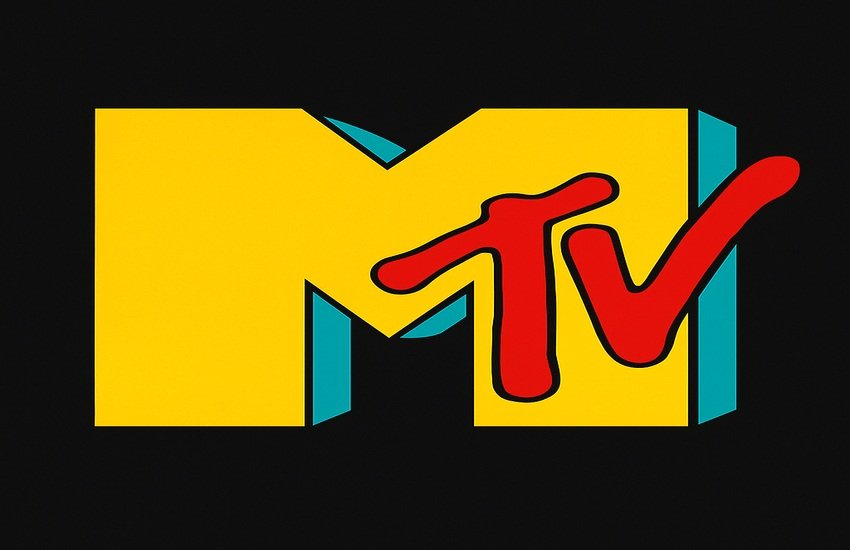Paramount Skydance is gearing up for a bold reversal in strategy—doubling down on cable networks like MTV, Comedy Central, and Nickelodeon, even as rivals like Comcast and Warner Bros. Discovery race to spin theirs off. The media giant, fresh from closing its merger with Skydance on August 7, 2025, is defying market sentiment by trying to reimagine its cable properties rather than discard them. At a time when most of the industry is pivoting exclusively toward streaming, Paramount Skydance sees value in reviving its once-dominant brands through new digital initiatives, event-driven content, and strategic partnerships. CEO David Ellison and President Jeff Shell are leveraging insights from music executives and former MTV leadership to reposition these aging networks as modern cultural touchpoints. With the linear TV ecosystem continuing its decline, the company is betting that legacy brands, creatively leveraged, can still matter—just not in the way they did before.
Reviving Iconic Brands for a Digital Era
Paramount Skydance’s decision to retain and refresh its legacy cable networks is rooted in the enduring equity of brands like MTV, Comedy Central, and Nickelodeon. Despite linear TV’s decline, these channels still maintain strong cultural recognition across multiple generations. The median age of MTV viewers may now be 56, but the network’s archive of iconic music interviews and documentaries from the ’80s and ’90s provides a strong starting point for reinvention. Skydance leadership is actively exploring ways to reimagine these brands as digital-first platforms. For MTV, that means evolving into a modern music tastemaker that competes not with other cable channels but with Spotify and YouTube. Comedy Central could lean into live comedy events and touring content, while Nickelodeon may serve as a feeder brand into the company’s broader kids’ programming on Paramount+. The company has reportedly been in discussions with major industry figures such as Irving Azoff and Lucian Grainge, which could further validate MTV’s pivot into digital music curation. Importantly, this revival effort isn’t being framed as a nostalgia play—rather, Paramount Skydance is looking to create relevance in today’s fragmented attention economy. The leadership believes these brands can live outside traditional cable, offering value in digital, social, and experiential formats. Early initiatives include considering live music festivals under the MTV brand and leveraging IP for digital-first short-form series. Paramount is also seeing momentum from its ability to drive synergy between theatrical releases and library streaming lifts on Paramount+, with franchises like Mission: Impossible and SpongeBob serving as proof points. By leaning into its brand equity and focusing on multiplatform reach rather than linear ratings alone, Paramount Skydance is taking a brand-forward approach that contrasts sharply with peers exiting the space entirely.
High-Stakes Bets on Premium Content
Rather than invest in more volume, Paramount Skydance is focusing on creating content with franchise potential and cultural relevance. That means fewer scripted originals, but more hits that deliver outsized engagement—across streaming, cable, and theatrical windows. In its latest quarterly results, Paramount+ reported a 23% year-over-year revenue increase, driven by original series such as *MobLand* and *Landman*, with the service achieving record low churn and higher watch time per subscriber. This content strategy is being extended to the legacy networks through cross-platform alignment and IP synergy. Paramount Skydance executives, inspired by Bravo’s pivot under NBCUniversal, are exploring lifestyle extensions like live conventions and social events tied to legacy content. For instance, MTV may find a second life through branded events that tap into the nostalgia and fandom around its legacy properties. Comedy Central, home to the #1 reality series in cable, could see expansion into podcasts or direct-to-digital comedy series. BET, while a potential divestiture candidate, is also being re-evaluated under Cindy Holland’s streaming leadership, with discussions around increasing show budgets to over $7 million per episode to position BET+ as a destination for prestige Black storytelling. Meanwhile, the company continues to unlock value across its sports rights, theatrical IP, and library, with Paramount Pictures posting strong results from its Mission: Impossible release, which drove a 60% lift in franchise library viewership on Paramount+. On the partnership side, deals like the recently signed $7.7 billion UFC agreement signal a commitment to premium, tentpole content that can flow across platforms. All of this supports a model where cable brands serve as brand marketing engines and IP incubators for streaming and experiential plays, rather than as standalone ratings drivers.
Cable’s Structural Decline Is Unstoppable
Despite the optimism, Paramount Skydance’s strategy to hold onto and revamp MTV, Comedy Central, and Nickelodeon faces major structural headwinds. The cable TV ecosystem continues to unravel, with pay-TV penetration falling to all-time lows as consumers opt for streaming services or ad-supported digital platforms. Nielsen data shows a continued decline in share of U.S. TV-viewing time across traditional distributors like Paramount and Warner Bros. Discovery. Even if Skydance succeeds in rejuvenating the brand value of these networks, the linear infrastructure that once monetized them effectively has eroded. Cable distribution deals now offer weaker economics, and audience fragmentation across platforms means that legacy networks struggle to deliver consistent reach. The median MTV viewer is now in their mid-50s, far removed from the Gen Z and Millennial demographics that advertisers covet. Reclaiming youth engagement will be difficult in an environment dominated by TikTok, YouTube Shorts, and Spotify. Furthermore, rivals like Comcast have already spun off their cable assets into new entities like Versant, effectively conceding that the value in these networks lies elsewhere. Warner Bros. Discovery is preparing to split into streaming and cable components, a move that positions its studio and DTC assets for cleaner valuation multiples. Against this backdrop, Paramount Skydance’s “hold-and-revive” approach is increasingly contrarian. While it buys time for potential brand evolution, it also carries opportunity cost. Capital and management bandwidth spent on reviving aging networks may limit the company’s ability to double down on areas of faster structural growth like streaming, gaming, or international expansion. Investors may question whether this strategy delays rather than resolves the inevitable disaggregation of legacy TV.
Revamp Ambitions Limited by Tight Budgets
The most challenging aspect of Paramount Skydance’s cable revival strategy may lie in its self-imposed constraint: doing more with less. According to sources familiar with internal plans, the company aims to revamp MTV, Comedy Central, and Nickelodeon without materially increasing spend on them. While this speaks to operational discipline, it also heightens execution risk. Revitalizing decades-old brands into digital-age success stories typically requires meaningful investments—in creative development, talent partnerships, technology, and marketing. Skydance may face an uphill battle delivering innovation on a constrained budget, especially when rivals are offloading assets entirely. The company’s own financials show a recent improvement in streaming profitability, with Paramount+ delivering $157 million in adjusted OIBDA and driving a $300 million year-over-year improvement. However, this cost discipline has come through significant restructuring: over $800 million in annual non-content cost savings have already been implemented. With the Skydance merger closed and a new management structure in place, Paramount may need to further streamline operations or exit lower-performing networks like BET, which is reportedly under strategic review. At the same time, broader market conditions are unfavorable. The digital advertising market remains soft, linear affiliate revenues are falling 7% year-over-year, and content inflation pressures remain high. Meanwhile, subscribers to Paramount+ fell by 1.3 million versus the prior quarter, largely due to the expiration of an international distribution deal. While U.S. profitability is improving, global scalability still lags. The challenge for Paramount Skydance is that its ambition to extract new value from legacy cable assets is taking shape just as its overall cost base must be tightly managed, potentially resulting in execution compromises that limit the long-term impact of its cable revival strategy.
Key Takeaways
Paramount Skydance’s move to retain and revitalize MTV, Comedy Central, and Nickelodeon is a contrarian bet in an industry moving swiftly away from linear networks. The strategy leverages deep brand equity, potential digital extensions, and synergistic IP, while aiming for cost efficiency and content quality over volume. However, it is also burdened by macro realities: persistent structural decline in pay-TV, shifting consumer behavior, and the execution risks tied to a limited investment envelope. This approach diverges from the spin-off strategies adopted by peers and risks dragging focus away from faster-growing streaming and studio businesses. Paramount’s valuation multiples reflect this tension. As of September 2025, the company trades at 11.5x LTM EBITDA and 13.4x LTM EBIT, up from 6.77x and 7.78x respectively in late 2024. However, its LTM P/E ratio of (529x) and NTM Market Cap to Free Cash Flow multiple of 61x underscore investor concerns about cash flow consistency and profitability quality. With a trailing EV/Revenue multiple of just 1.03x, markets are not yet fully pricing in a successful cable brand turnaround. Whether Paramount’s bet on brand equity over divestiture can unlock value depends on the company’s ability to execute nimbly under financial constraints in a structurally declining segment.





